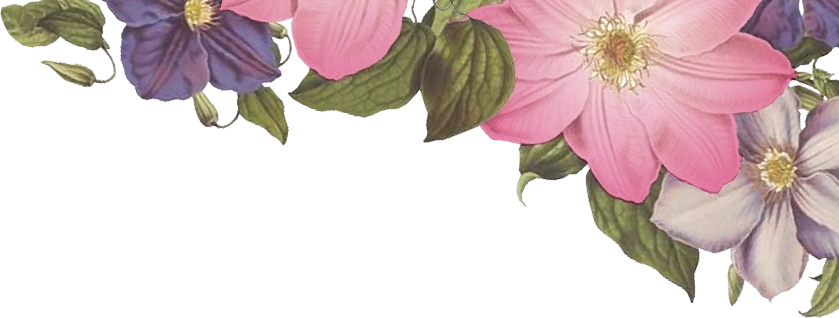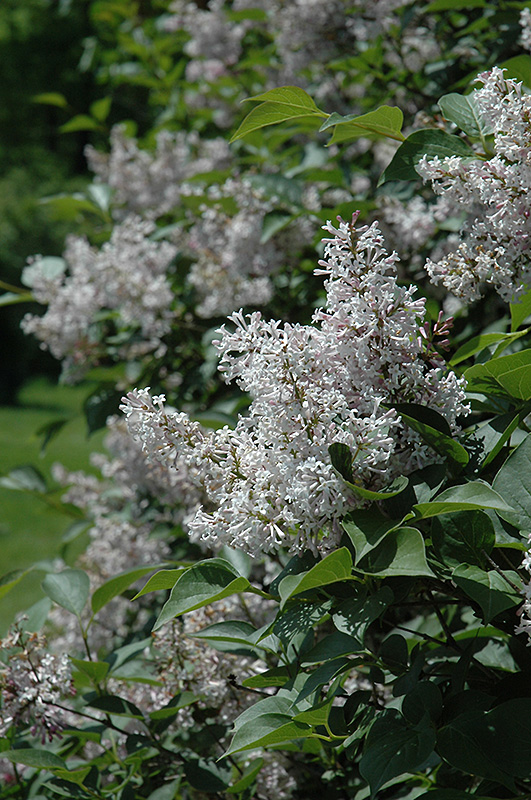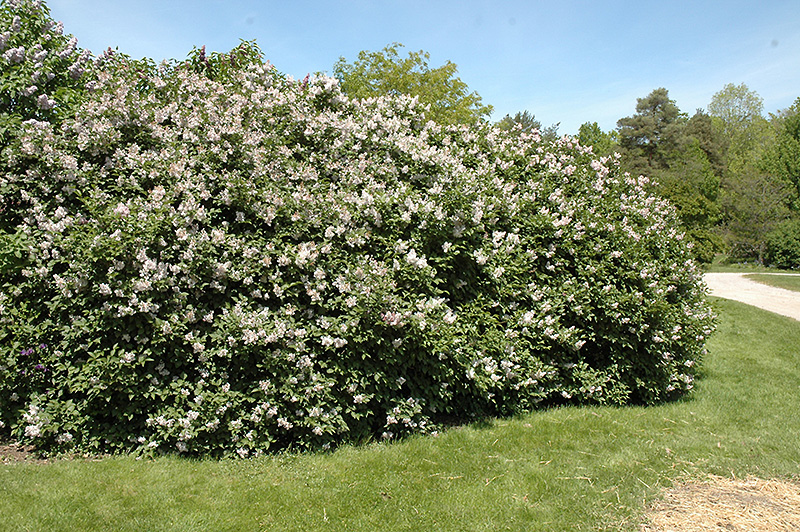WHAT WOULD YOU LIKE TO PLANT?
Height: 9 feet
Spread: 9 feet
Sunlight:
![]()
Hardiness Zone: 3
Description:
A large flowering shrub valued for its fragrant panicles of pale purple flowers in early summer, one of the latest shrub lilacs to bloom, extremely attractive in bloom; upright and bushy, tough and adaptable, good for massing or as a windbreak barrier
Ornamental Features
Late Lilac features showy panicles of fragrant lilac purple flowers with white overtones rising above the foliage in early summer. The flowers are excellent for cutting. It has dark green deciduous foliage. The oval leaves do not develop any appreciable fall colour.
Landscape Attributes
Late Lilac is a multi-stemmed deciduous shrub with an upright spreading habit of growth. Its relatively coarse texture can be used to stand it apart from other landscape plants with finer foliage.
This is a relatively low maintenance shrub, and should only be pruned after flowering to avoid removing any of the current season's flowers. It is a good choice for attracting butterflies to your yard. It has no significant negative characteristics.
Late Lilac is recommended for the following landscape applications;
- Accent
- Mass Planting
- Hedges/Screening
- General Garden Use
- Windbreaks and Shelterbelts
Planting & Growing
Late Lilac will grow to be about 9 feet tall at maturity, with a spread of 9 feet. It tends to be a little leggy, with a typical clearance of 3 feet from the ground, and is suitable for planting under power lines. It grows at a medium rate, and under ideal conditions can be expected to live for approximately 30 years.
This shrub should only be grown in full sunlight. It is very adaptable to both dry and moist locations, and should do just fine under average home landscape conditions. It is not particular as to soil type or pH. It is highly tolerant of urban pollution and will even thrive in inner city environments. This species is not originally from North America.




